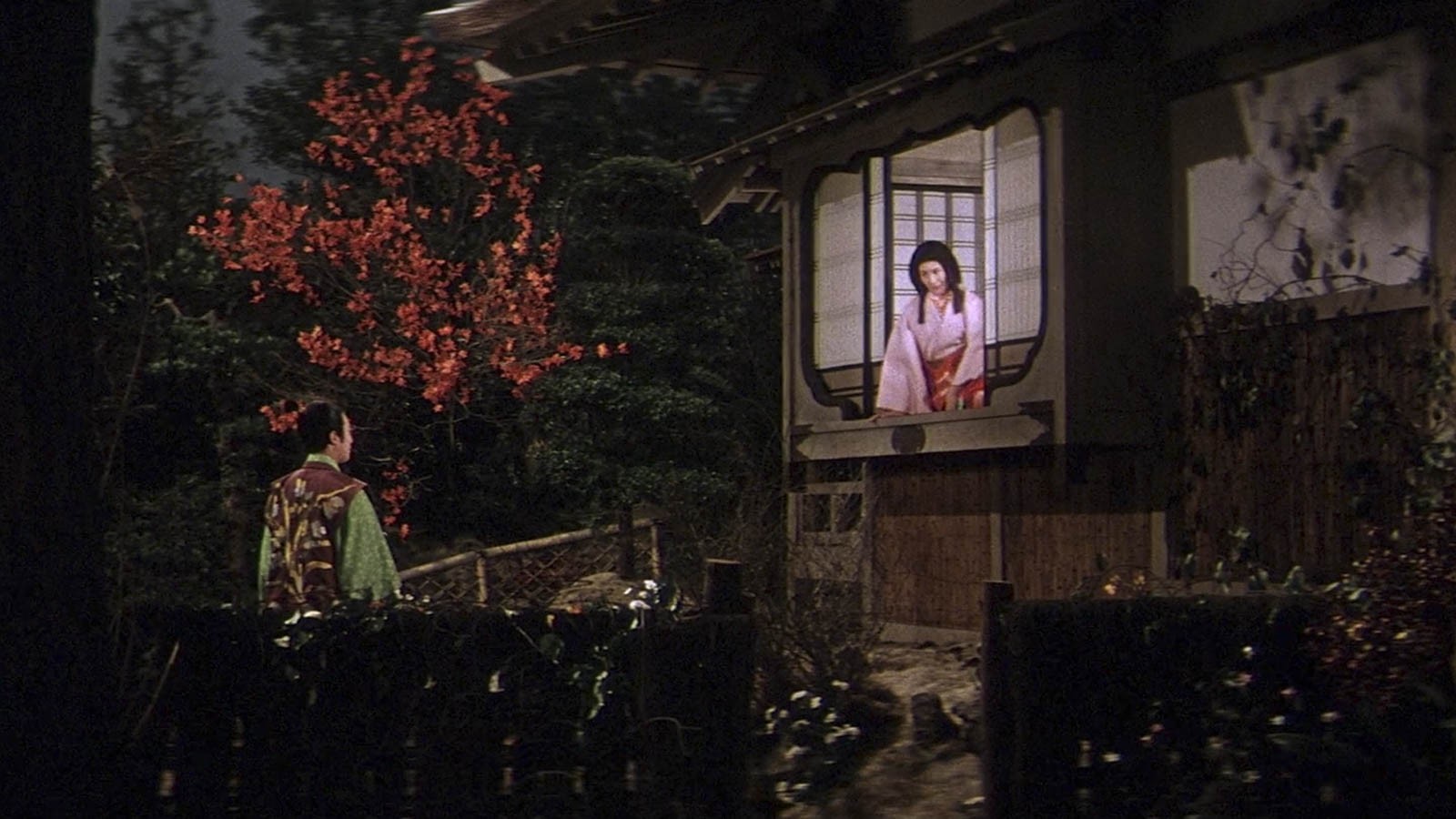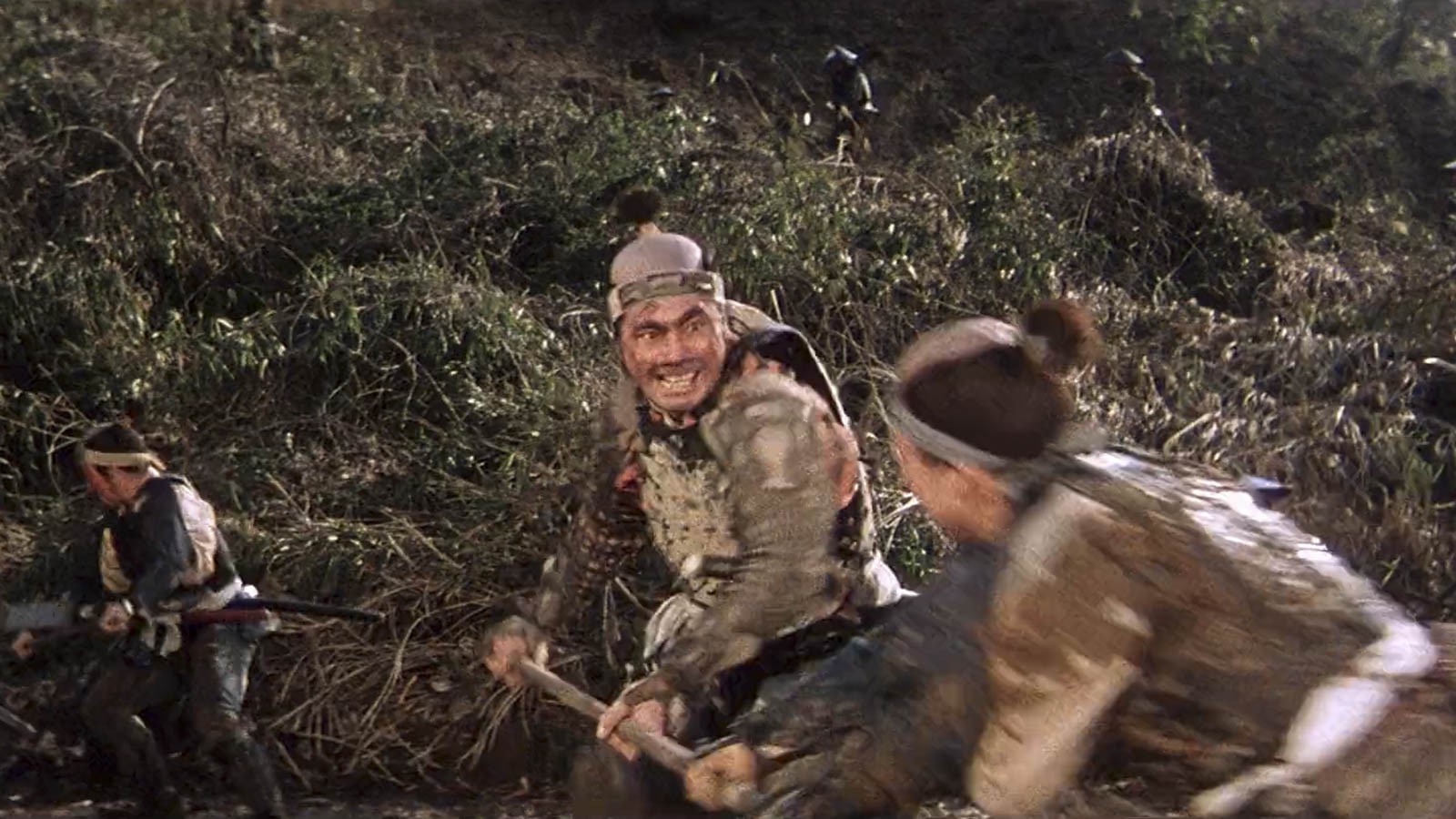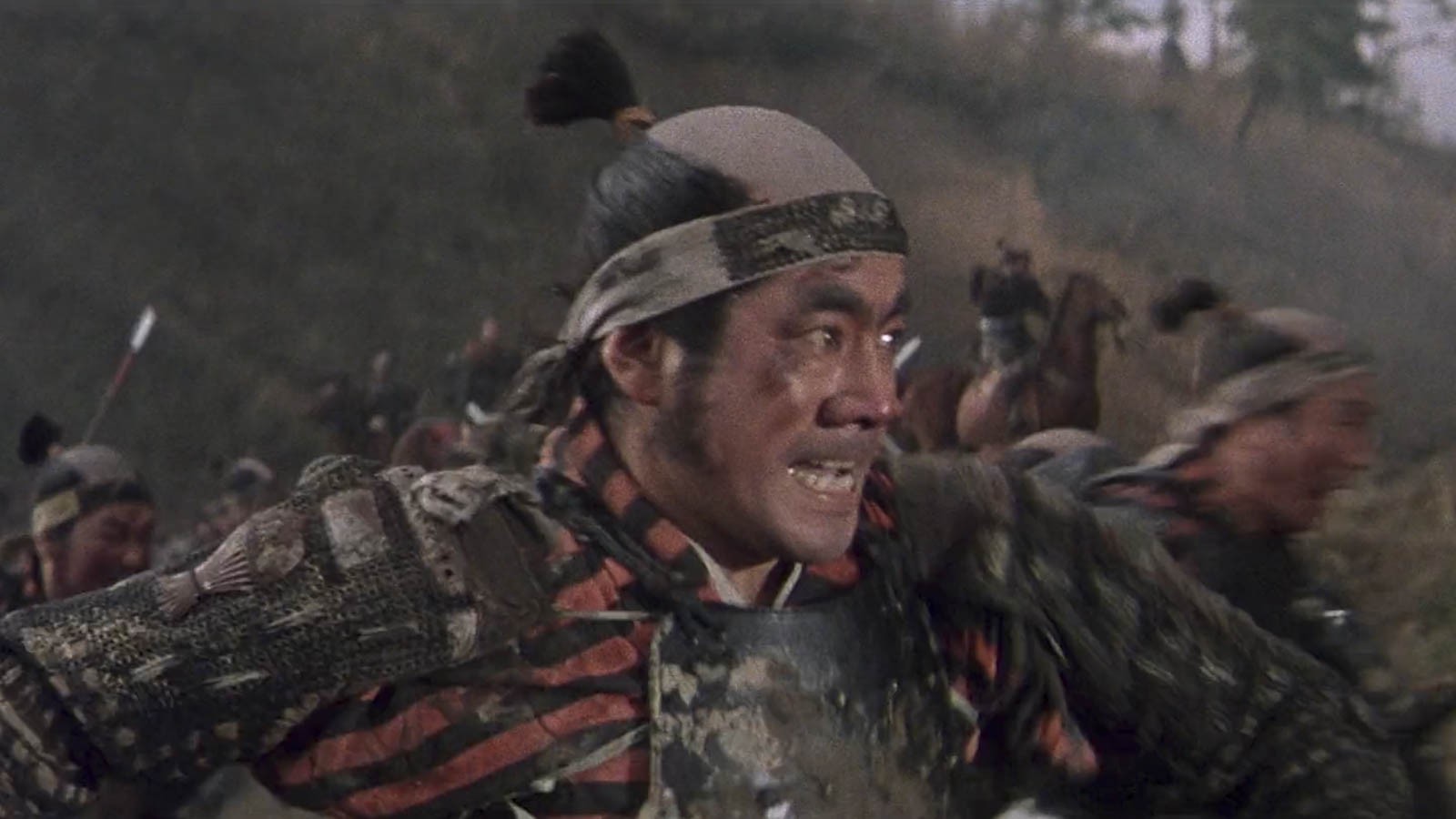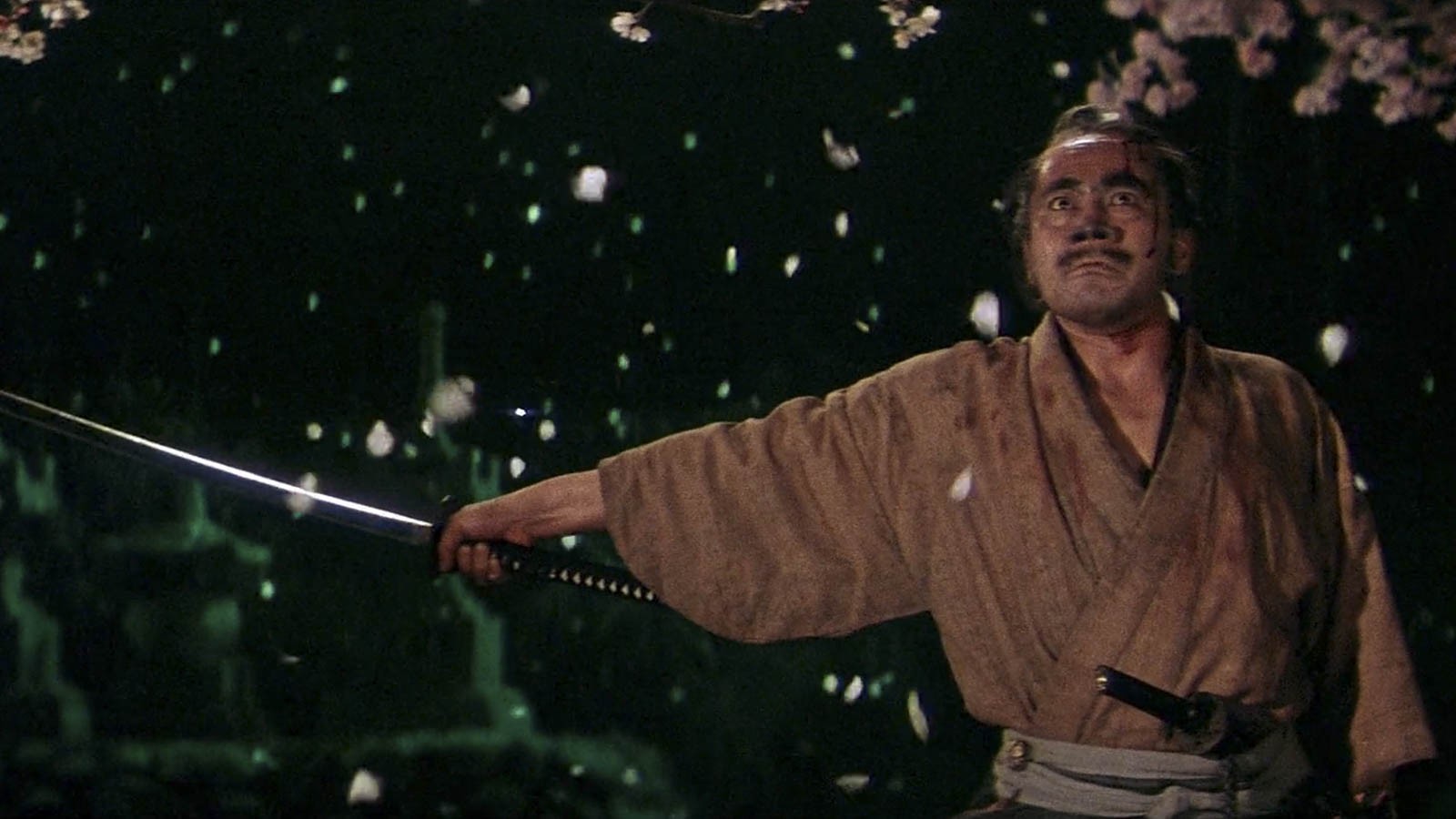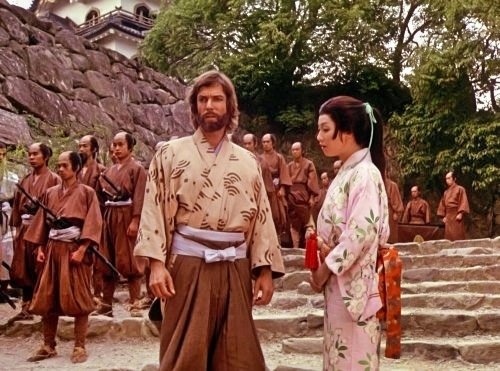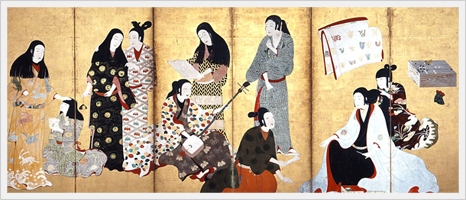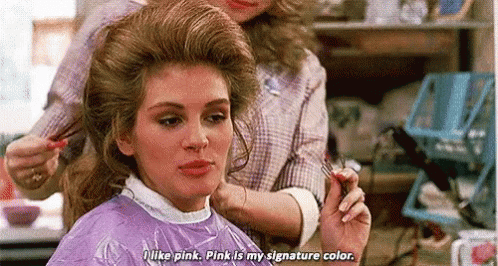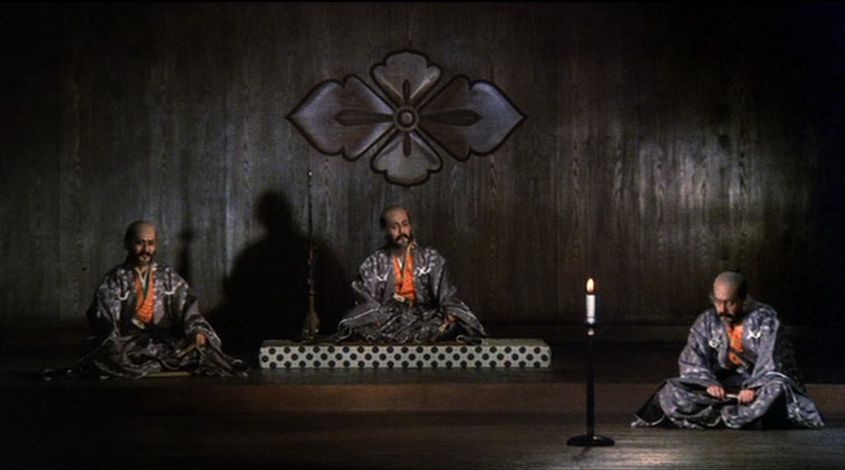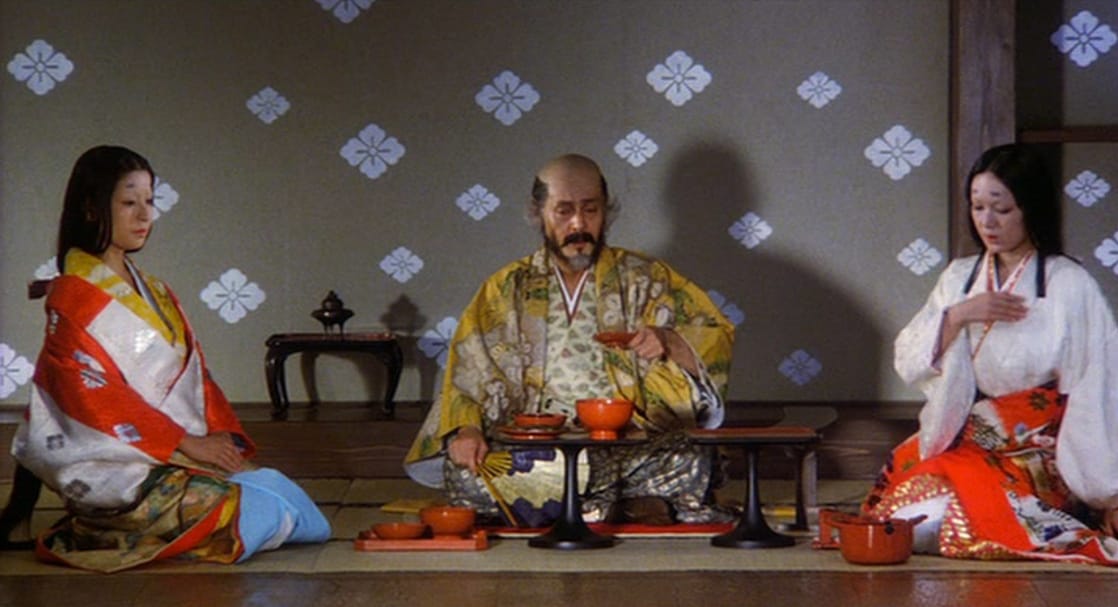Previously, on "Shogun," we looked at Shin Nishida's women's cosutmes for the epic miniseries and I theorized about why some of them may be anachronistic. Part 1 on Women's Costumes is available at https://gurdymonkey.dreamwidth.org/964754.html
Our hero, John Blackthorne (Richard Chamberlain), begins his journey as the pilot of a Dutch merchant ship, the "Erasmus." It's 1600, all the European powers are vying for profitable trade in the Far East and Blackthorne is convinced he can get his ship through to "The Japans," which the Portuguese have been visiting regularly for several decades.
We may as well get the European costumes out of the way first. I showed a couple pictures to a Laurel friend who is a specialist in Elizabethan costuming in the SCA and she compared it to what folks were wearing in the late 70's at Renaissance faires in California.
Blackthorne's kit consists of a reddish brown jerkin (or is a doublet that is missing sleeves?) with a double roll at each shoulder, linen shirt, breeches, stockings and short boots. His crew is a fairly scruffy assortment of shirts, jackets, jerkins and breeches. Shoes range from what appear to be slip-on turn shoes to laced brogans and even latchet shoes on Vinck. 

Vasco Rodrigues (John Rhys-Davies), the Portuguese pilot who is the best of frenemies if one has to have one, gets a couple of costume changes over the course of the series. Finger rings and a pendant or two, plus some metallic ribbon trims indicate he's made his fortune, though the fabrics are a bit odd. We first see him in this odd abstract "brocade" over brown.

This black ensemble has better breeches, but the "velvet" looks more like velour to me. And that hat is clearly a fedora someone slapped a couple feathers on. The brick red ensemble has a better overall look, complete with lacy bits on his collar. 

The Jesuits get cassocks with a bit of a wing at the top of the shoulder. I don't know enough about clerical garb of the period and the depictions in the namban screens invariable show them wearing cloaks, but it looks all right. The captain of the Black Ship rates a ruff, but his crew is a mishmash that screams of a night raid on the wardrobe department. It's hard to say what Toho Studios and Shin Nishida had access to, but it is what it is and it manages to serve the story well enough.


There, now THAT's out of the way, we can move on to where "Shogun" shines: the men's costumes.
I cannot remember if this was in the novel, but someone realized at some point in the early stages of production that an American audience faced with a large, mostly Japanese cast were going to need some help identifying who was doing what to whom for how many cookies and why. Most of the action is not on a battlefield where waves of colored banners and sashimono tell you which side is which. Thus we have the two principle factions coded by color, not just visually, but in the voiceover narration by the late Orson Welles. Toranaga's people are the Browns and Ishido's are the Greys. It doesn't matter if you are the last ashigaru at the end of the line or General Hiromatsu, you appear on screen in the same color brown as everyone else. That even goes for the men at the top. Ishido (Nobuo Kaneko) is shown in silvery greys, while we first encounter Toranaga (Toshiro Mifune) in golden bronze silk. And when Blackthorne is given Japanese clothing to wear, it's in colors that leave no doubt who he is beholden to!


Left: Toranaga and Ishido confer. Right: Browns surrounded by Greys at Osaka Castle.
Below left: Omi (Yuki Meguro). Right: Yabu (Frankie Sakai).


Toranaga, played by the inimitable Toshiro Mifune, is resplendent, whether holding court, or learning a hornpipe from Blackthorne. (This is my favorite scene ever so I'm linking to a Youtube clip.)


Once the audience can't NOT know who Toranaga is, he gets to branch out and wear Things That Are Not Brown, such as these hitatare in red (left) and olive green (right).


Crisp and imposing in that gold jinbaori! Grandfatherly with a vassal's children after having cruelly tested the vassal's loyalty. (Be sure and check out the gold tiger painting on the wall too!


Onward to Blackthorne's transformation to Anjin-san and eventually to samurai. His overall look is grounded in earth tones as an indicator of his alignment with Toranaga. We mostly see him in kosode and hakama, often decorated with geometric designs or simple shapes such as waves, wheels, etc., all appropriate for a samurai of modest rank, while still setting him apart from the more liveried look of the Browns.
Left to right: coming out of prison in yukata, riding out with Mariko in plain hakama and kikko patterned kosode, walking with Mariko in a kosode with water wheels and a basket-weave design on the hakama.



The "wifi" symbol is actually a traditional wave motif. Right, detail of another nice brown and brown kosode.


Dharma wheel kosode and cloud motif hakama. This striped kataginu kamishimo is his most formal look.


A couple of bonus minor characters who are still beautifully and appropriately dressed. Left, an emissary from the Imperial court (with blackened teeth), right, a functionary who meets with Toranaga in a stunning dobuku decorated with crabs.


In summary, the costume design shines for the men's Japanese clothing, which admittedly didn't change a whole lot going into the early Edo period. The women's costumes contain a few anachronisms, which can be laid to Shin Nishida looking at slightly later styles and making artistic decisions in an effort to differentiate the social status of highly ranked women.
The historical underpinnings for James Clavell's novel can be associated with the actual events surrounding William Adams and his relationship with Tokugawa Ieyasu. You can read about it on Wikipedia, or dig deeper with Giles Milton's excellent book, Samurai William. It looks like there is a more recent book by Hiromi Rogers called Anjin: The Life and Times of William Samuel Adams 1564-1620 that I may have to give a look.
At one point in the miniseries, Father Alvito presents Blackthorne with a Japanese dictionary. The Jesuit mission in 16th century Japan has left us a trove of documents about the period: a dictionary, a grammar, manuals describing the customs of the Japanese - and I probably need to do a deep dive on the Jesuits in Japan one of these days.
Part 1 of this costume deep dive began with Kiku. I made the mistake of watching the DVD featurette about "Geisha" and while the scholarly talking heads don't say anything specifically wrong, it's edited in such a way that the uninformed viewer can only believe that Kiku was a geisha. The first geisha ("art persons") were male entertainers arising in the 18th century, with women later taking that role. In 1600 there were courtesans and prostitutes. Kiku's services are engaged as a gift to Blackthorne, and she is described as being "owned" by whoever holds her contract. The unpleasant reality is that girls would be sold to brothels, often because their own families couldn't afford to support them. It was possible to work off one's indenture, but many girls were unable to escape the system and stayed in the pleasure quarters, frequently succumbing to disease or deaths associated with abortions. Kiku has a "happy" ending when Toranaga makes a gift of her contract to Blackthorne to do as he likes with - and he turns around and gives the contract to her lover, Omi.
Suggested reading:
Clavell, James. The Making of James Clavell's Shogun (Delta Books/Dell Publishing, 1980). Out of print, but available used, this large paperback includes production stills, costume drawings and other information of interest to fans.
Dalby, Liza. Geisha (Vintage/Ebury/Random House, 2007). Dalby's anthropological fieldwork in geisha communities gained her an invitation to study how to become a geisha and provides an interesting view from the inside.
Frois, Luis. The First European Description of Japan, 1585: A Critical English Language Edition Of Striking Contrasts In The Customs Of Europe And Japan (Routledge, 2014). This account by a Jesuit priest compares the ways of the Japanese with the ways of Europeans. Biases towards Buddhist priests in particular abound, however, it remains an interesting look at late 16th century Japanese life. Rental for Kindle is your most affordable option.
Milton, Giles. Samurai William: The Englishman Who Opened Japan (Penguin Books, 2003). A readable study on the life and times of William Adams, available in paperback.
Rogers, Hiromi. Anjin: The Life and Times of William Samuel Adams 1564-1620 (Renaissance Books, 2018). I haven't read it but Rogers writes about the Japanese perspective on Adams, so I just ordered a copy this morning.




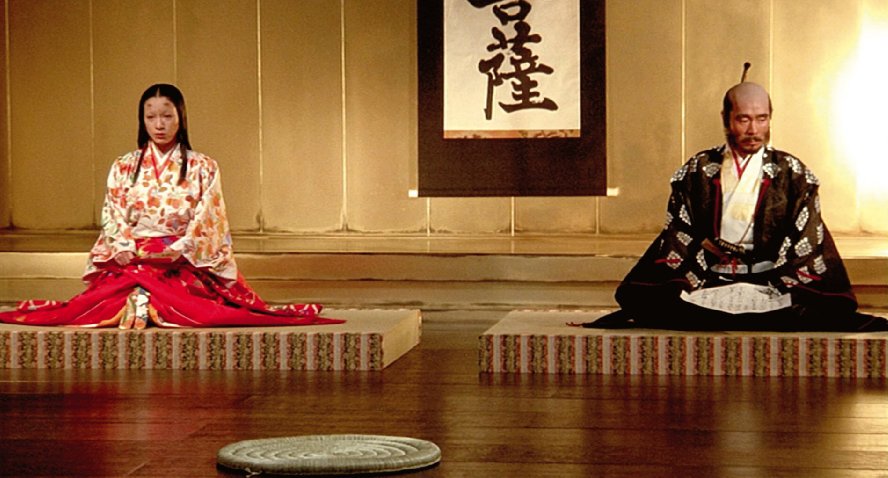



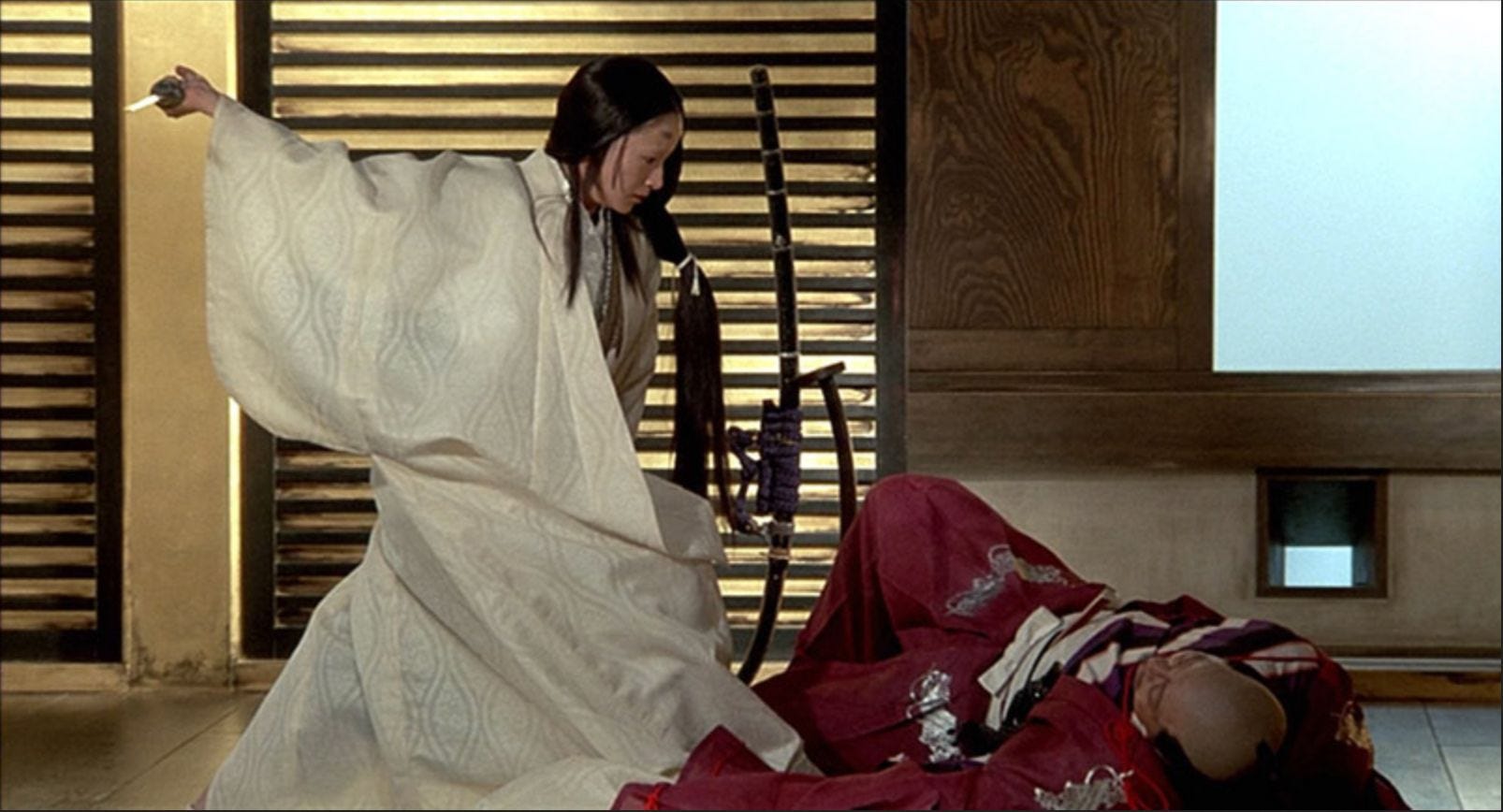 When her husband is killed, Kaede (in mourning white) comes to his brother Jiro, first demurely presenting her husband's helmet, then unleashing her rage in a disturbing scene where she holds a blade to her brother in law's throat and seduce/rapes him. The aftermath as the camera follows her obi, trailing like a snake on the floor as she puts it back on, is one of those Kurosawa touches. The silvery black and white she wore beneath the white is almost like scales.
When her husband is killed, Kaede (in mourning white) comes to his brother Jiro, first demurely presenting her husband's helmet, then unleashing her rage in a disturbing scene where she holds a blade to her brother in law's throat and seduce/rapes him. The aftermath as the camera follows her obi, trailing like a snake on the floor as she puts it back on, is one of those Kurosawa touches. The silvery black and white she wore beneath the white is almost like scales. 

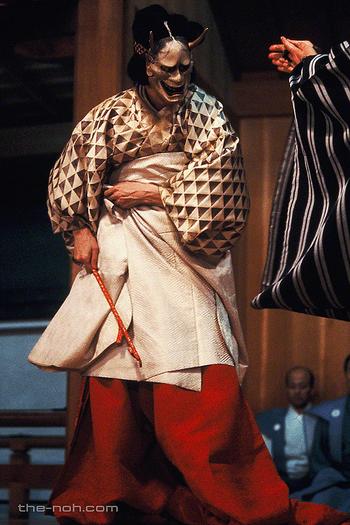
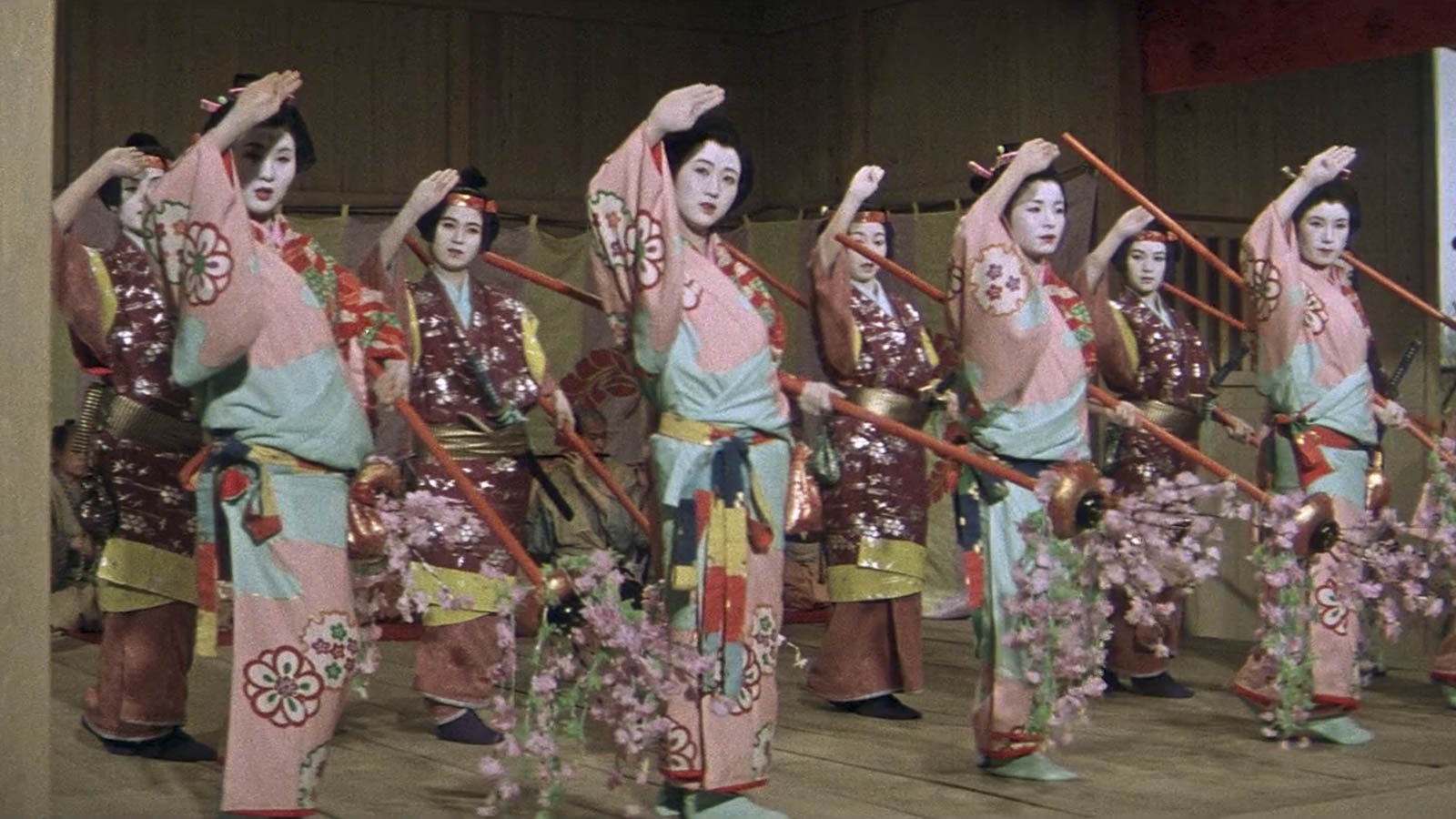


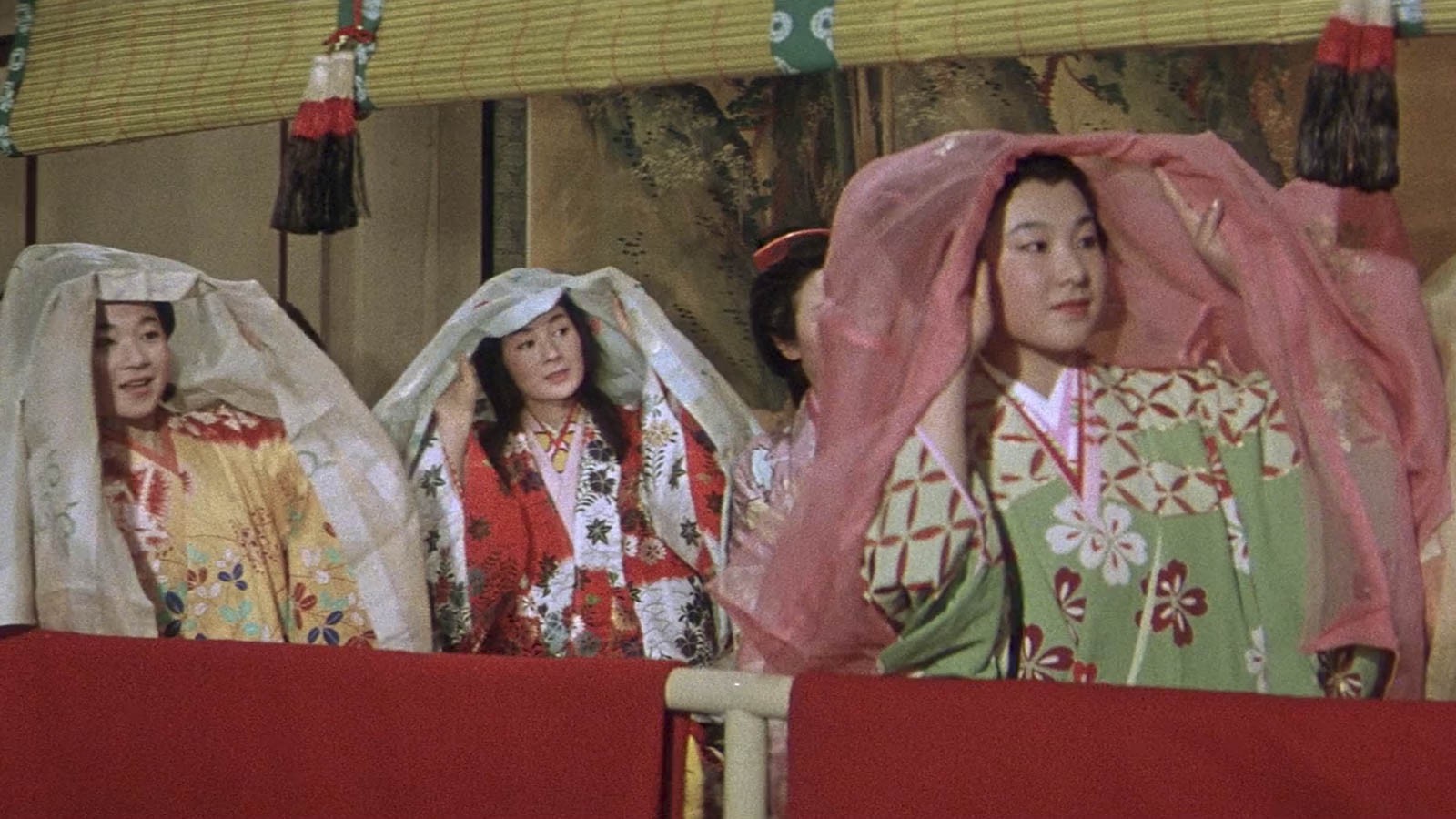

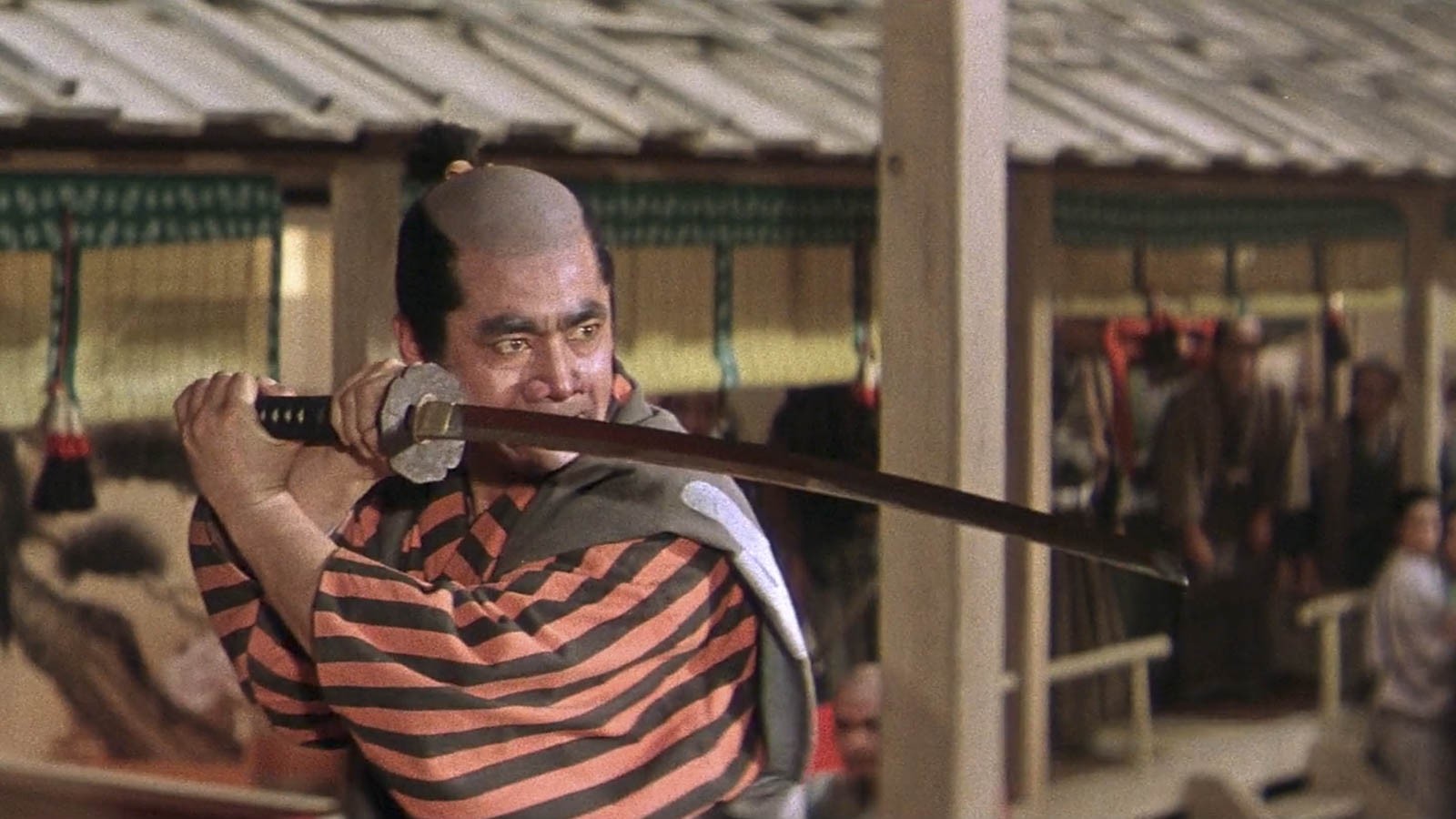








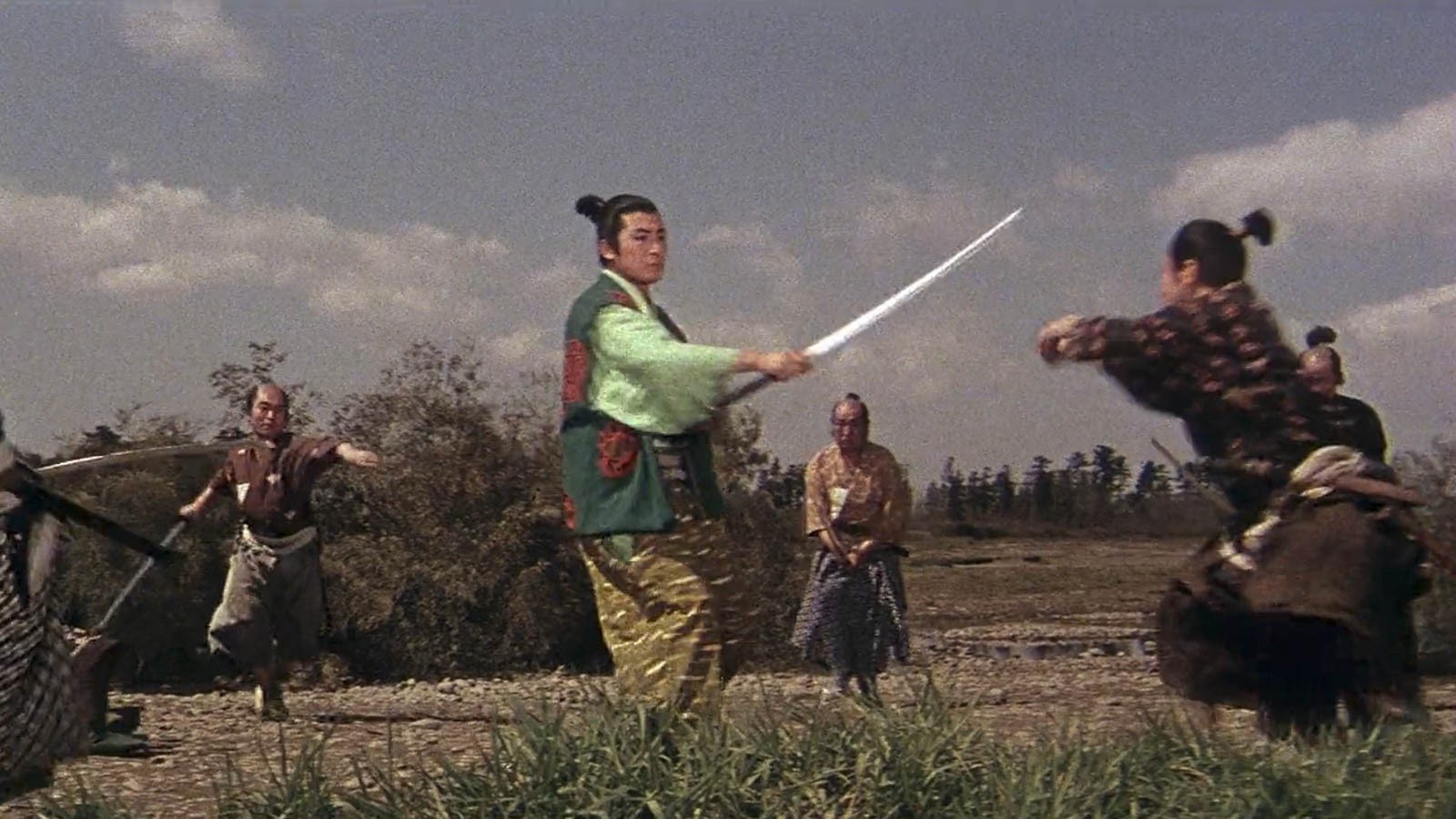


 L
L

